Picture this: You’re sitting in an open safari vehicle as the African sun paints the sky golden orange. Suddenly, thunder fills the air – not from clouds, but from thousands of hooves. A massive herd of wildebeest charges toward the crocodile-filled Mara River, their survival instincts driving them forward in one of nature’s most spectacular displays. This is the Masai Mara during migration season, and timing your visit right means the difference between witnessing this magic or missing it entirely.
As safari planning experts who’ve helped hundreds of Indian travelers experience Africa’s wonders, we know that choosing when to visit the Masai Mara can make or break your dream safari. The good news? Every month offers something special in this incredible ecosystem. The key is matching your travel goals with the right season.
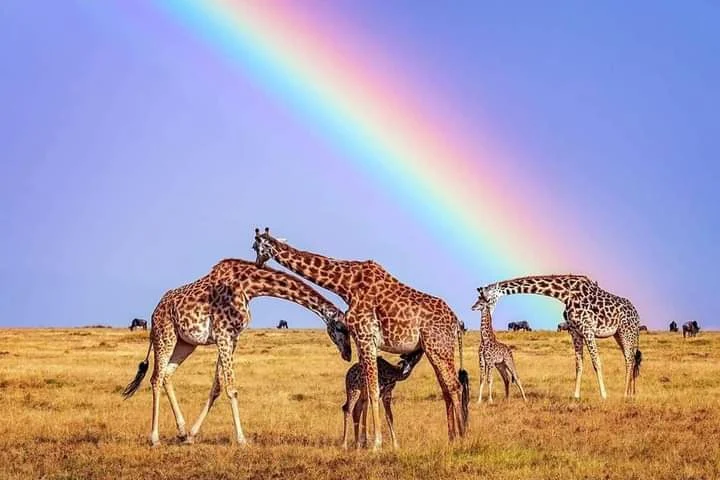
Quick Planning Summary
| Your Goal | Best Months | Why |
| See the Great Migration | July – October | Peak river crossings, dramatic wildlife action |
| Save Money & Avoid Crowds | April – May, November | Green season beauty, 40-50% lower prices |
| See Baby Animals | January – March | Calving season, incredible predator activity |
| Best Weather | June – October | Dry season, clear skies, easy game drives |
| Bird Watching | November – April | Migratory birds arrive, lush landscapes |
Masai Mara: The Basics for First-Time Visitors
Located in Kenya’s Great Rift Valley, the Masai Mara welcomes 1.5 million wildebeest onto its sprawling savannahs each July through October during the world-famous Great Migration. This 1,510 square kilometer reserve connects seamlessly with Tanzania’s Serengeti, creating one of Africa’s most important wildlife ecosystems.
Understanding the Mara’s two main seasons is crucial for planning:
Dry Season (June – October): Clear skies, sparse vegetation makes wildlife easier to spot, but expect higher prices and more tourists.
Green Season (November – May): Lush landscapes, fewer crowds, and budget-friendly rates, but afternoon rain showers are common.
Month-by-Month Guide to the Masai Mara
January – March: The Secret Calving Season
Weather: Hot days (25-28°C), cool nights, occasional short showers Wildlife Highlights: Wildebeest calving season in southern Serengeti, newborn animals attract predators
Pros:
- Incredible predator action as lions, cheetahs, and leopards hunt vulnerable young animals
- Perfect for photographers – dramatic lighting and animal behavior
- Fewer tourists compared to migration months
- Clear skies ideal for hot air balloon safaris
Cons:
- Migration herds are in Tanzania’s Serengeti, not the Mara itself
- Can get quite hot during midday
- Some accommodation prices increase during Indian winter holidays
One thing you’ll notice right away in January is how active the predators become. Our guides always recommend early morning game drives during this period because big cats are most active when temperatures are cooler.
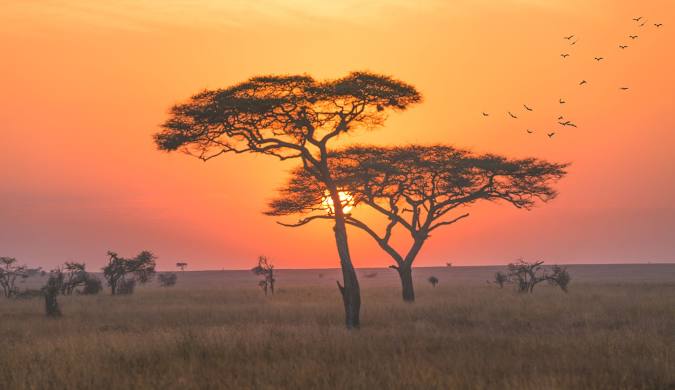
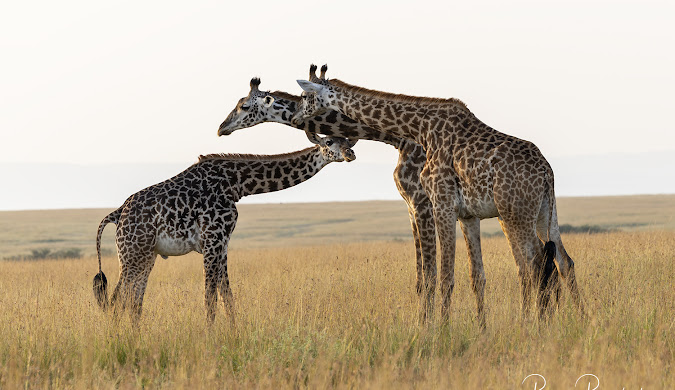
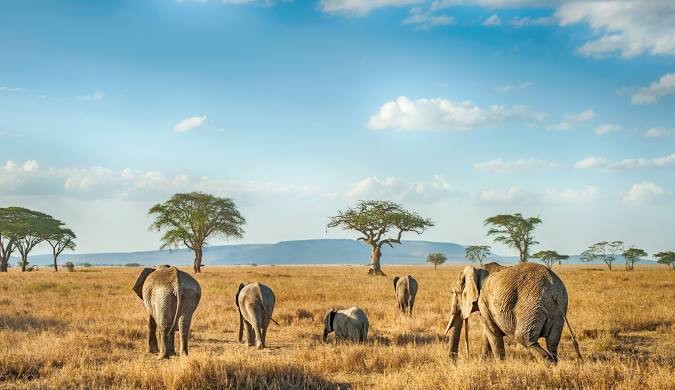
April – May: The Hidden Gem Season
Weather: Long rains begin, afternoon thunderstorms, lush green landscapes Wildlife Highlights: Resident wildlife thrives, spectacular birdlife, fewer crowds
Pros:
- Lowest accommodation rates of the year (40-60% cheaper than peak season)
- Stunning emerald landscapes perfect for photography
- Over 470 bird species, including colorful migrants
- Authentic safari experience with minimal tourist vehicles
- Great for families traveling during Indian school holidays
Cons:
- Daily afternoon rains can disrupt game drives
- Some roads become muddy and challenging
- Migration herds are still in Tanzania
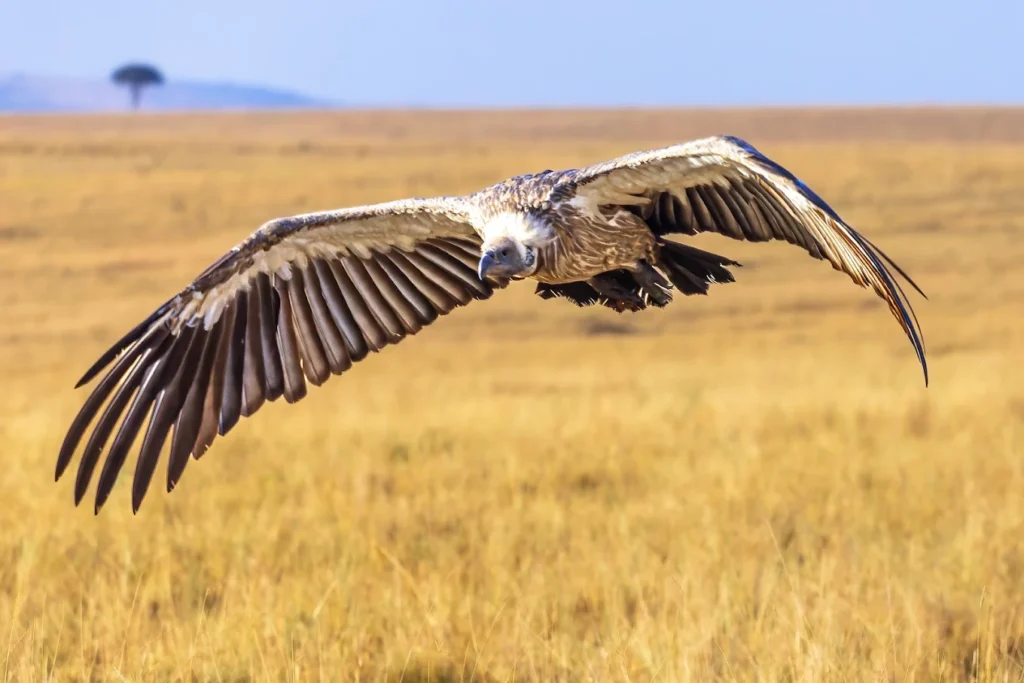
The green season transforms the Mara into a completely different place. The usually golden grasslands turn emerald green, creating a backdrop that’s absolutely stunning for photography.
June: The Perfect Balance
Weather: Rains taper off, pleasant temperatures, clear skies return Wildlife Highlights: Excellent resident game viewing, migration herds start moving north
Pros:
- Ideal weather for game drives
- Prices still reasonable before peak season
- Great wildlife viewing without extreme crowds
- Perfect time for Indian summer travelers
Cons:
- Migration hasn’t fully arrived yet
- Prices start increasing mid-month
July – October: The Great Migration Spectacular
Weather: Dry season peaks, clear blue skies, minimal rainfall Wildlife Highlights: August is considered the peak of the migration season in the Masai Mara. The iconic Mara River crossings, where wildebeest risk their lives to cross crocodile-infested waters, happen during this time
Pros:
- Witness the world’s most spectacular wildlife migration
- Dramatic Mara River crossings with crocodiles waiting below
- Excellent game viewing conditions
- Perfect weather for all safari activities
- Best time for first-time safari visitors
Cons:
- Peak season prices (accommodation rates double or triple)
- Heavy tourist traffic, especially around river crossing points
- You can expect more safari travelers within the reserve during these months
- Advance booking essential (many camps fill up 6-12 months ahead)
Mid to late August is regarded as a safe month to visit for successful viewing, though the exact timing varies yearly depending on rainfall patterns.

November: Post-Migration Magic
Weather: Short rains begin, fresh green growth appears Wildlife Highlights: Resident wildlife returns to normal patterns, excellent birdwatching
Pros:
- Tourism crowds disappear almost overnight
- Competitive pricing returns
- Beautiful landscapes as fresh grass grows
- Excellent for serious photographers
Cons:
- Occasional afternoon showers
- Migration herds have moved south to Tanzania
December: Year-End Wildlife Bonanza
Weather: Short rains continue, warm temperatures, occasional storms Wildlife Highlights: High concentration of resident animals, predator activity increases
Pros:
- Great for Indian holiday travelers (Christmas/New Year break)
- Reasonable prices compared to migration season
- Excellent game viewing
- Perfect for family safaris
Cons:
- Higher prices during holiday period
- Occasional rain showers
- More crowded due to holiday travelers
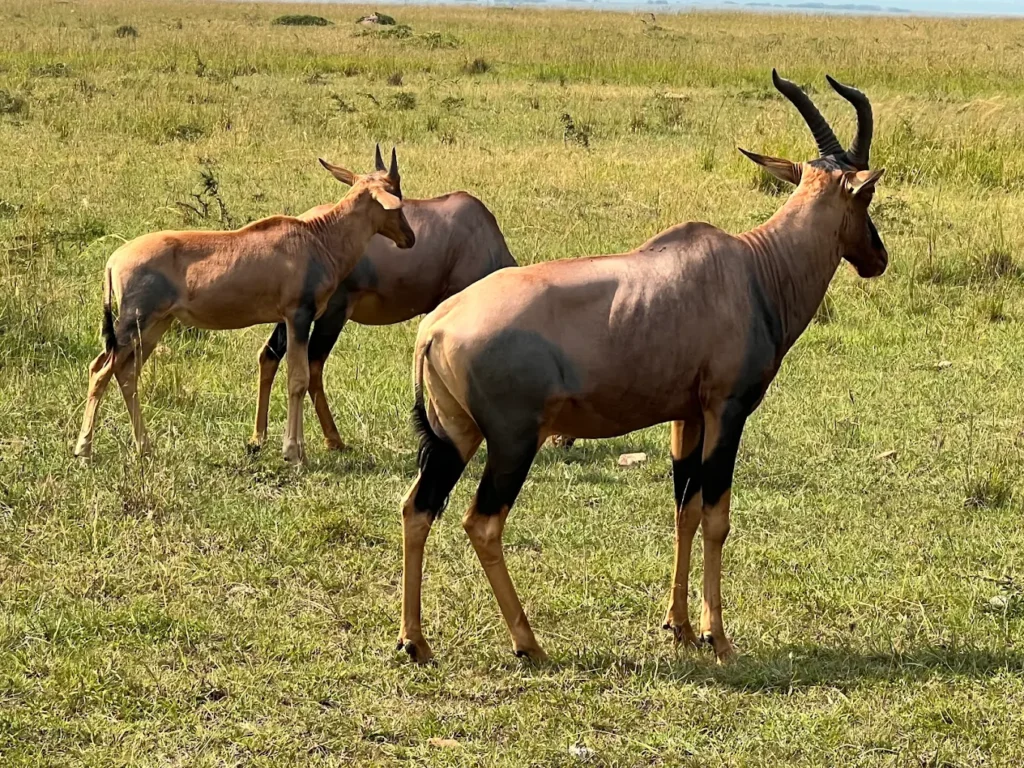

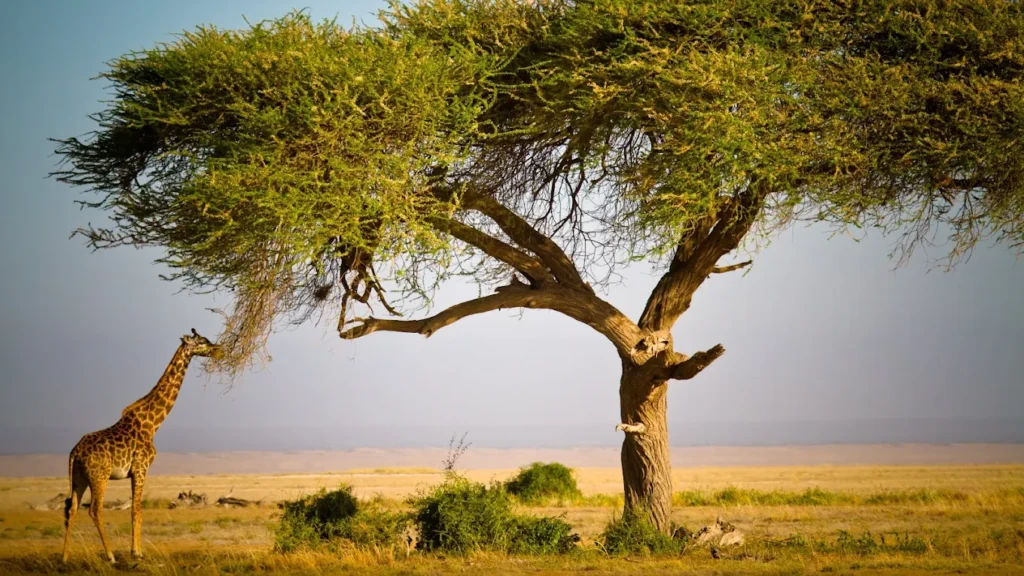
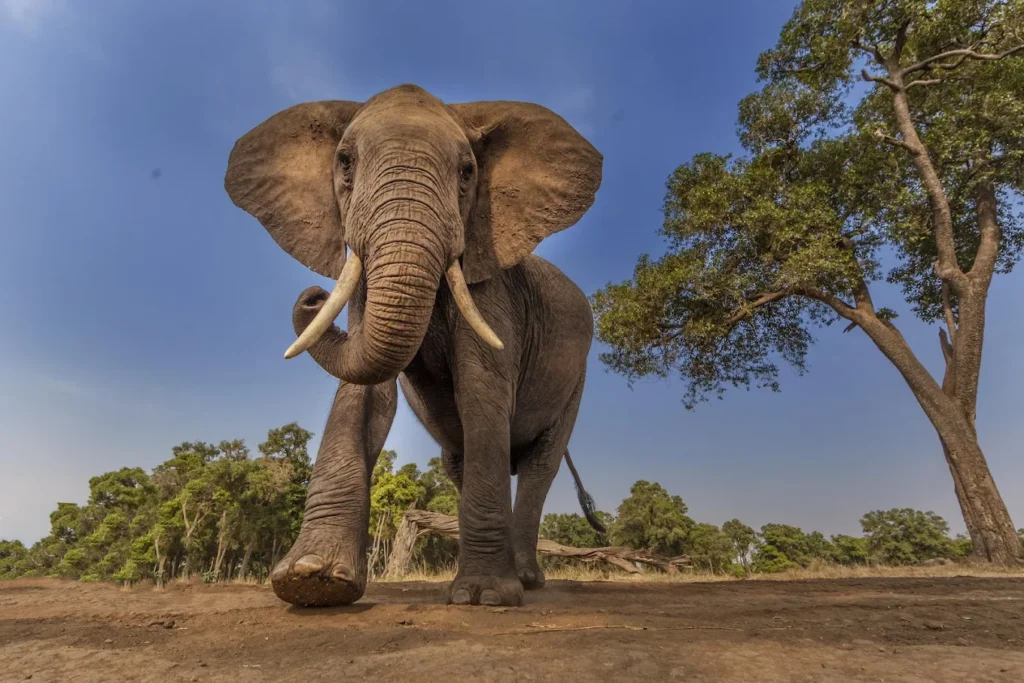
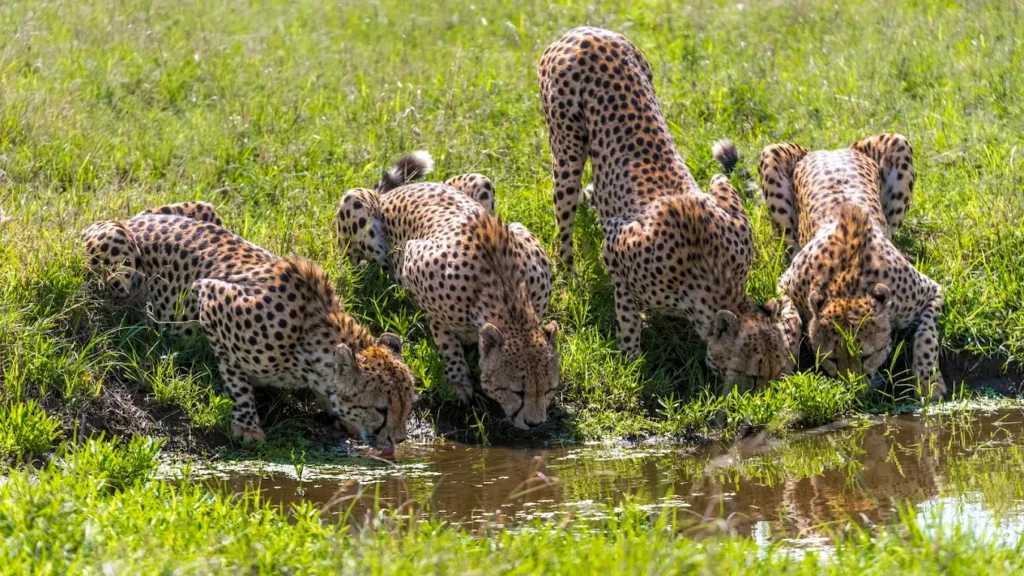
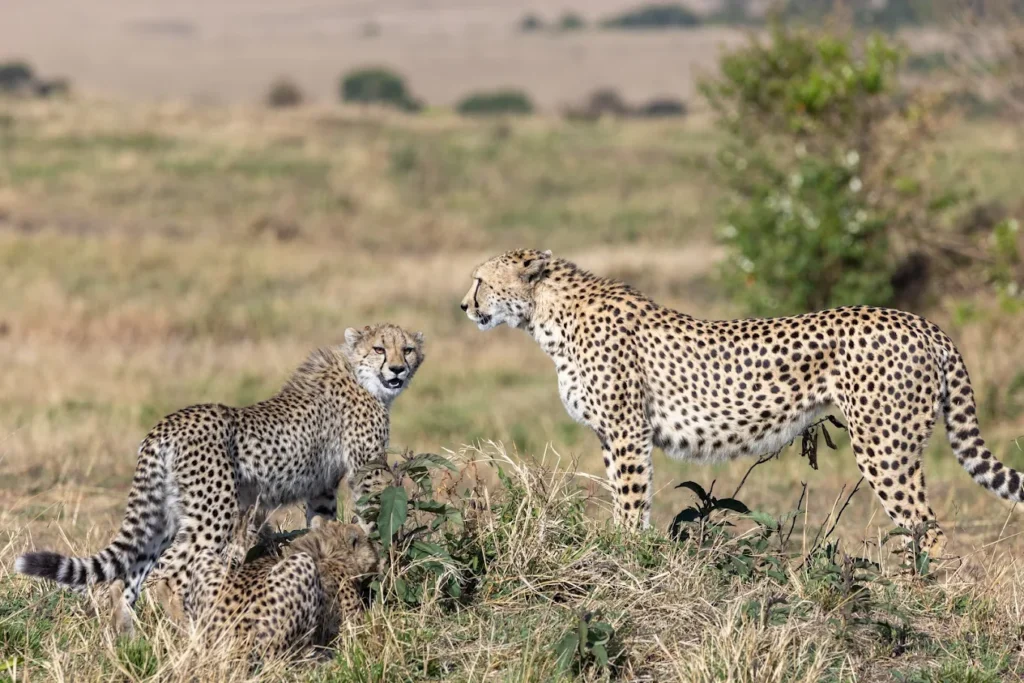
The Great Wildebeest Migration Explained
The Great Migration is nature’s most incredible wildlife spectacle. The exact dates of the migration vary slightly from year to year, but in 2025 it should begin around mid-July, peaking toward the end of August and early September, and ending in late October.
Here’s what makes it so special:
The Journey: Over 1.5 million wildebeest, accompanied by 200,000 zebras and 300,000 Thomson’s gazelles, follow ancient migration routes between Kenya’s Masai Mara and Tanzania’s Serengeti.
The Drama: The most heart-stopping moments happen at the Mara River and Talek River crossings, where massive herds must brave crocodile-infested waters to reach fresh grazing lands.
The Timing: July to October for the Mara River crossings offers your best chance to witness these dramatic scenes, though exact timing depends on rainfall patterns each year.
Pro Tip: River crossings are unpredictable. Herds might cross multiple times in a day, or wait days before attempting. Our experienced guides recommend staying near the rivers during peak season for the best chances.
Beyond the Migration: Year-Round Wildlife Wonders
The Green Season Advantage (November – May)
Don’t dismiss the green season! This period offers incredible advantages:
Photography Paradise: The contrast between lush landscapes and wildlife creates stunning imagery. Professional photographers often prefer these months for portfolio shoots.
Predator Action: It is estimated that there are close to 850 to 900 Lions in the Masai Mara National Reserve and surrounding conservancies, and they’re incredibly active year-round.
Bird Paradise: Over 470 species call the Mara home, with spectacular migrants arriving during the green season.
Baby Animals: January through March brings calving season, when you’ll see countless young zebras, antelopes, and other animals taking their first steps.
Resident Wildlife Highlights
The Mara isn’t just about migration. Year-round residents include:
- The Big Five: Lions, elephants, leopards and Cape buffalos are a relatively common sight in the Masai Mara. Rhinos do occur but are notoriously difficult to spot
- Predators: Cheetahs, hyenas, wild dogs
- Herbivores: Giraffes, hippos, various antelope species
- Over 470 bird species
Practical Planning for Indian Travelers
Getting There from India
Flights: Direct and connecting flights operate from Mumbai, Delhi, and Bangalore to Nairobi’s Jomo Kenyatta International Airport. Kenya Airways offers convenient connections, while Emirates and Qatar Airways provide comfortable one-stop options.
Airport to Mara: Two options await:
- Scenic Drive: 5-6 hours through beautiful Kenyan countryside
- Quick Flight: 45-minute domestic flights to Mara airstrips
Budget Planning by Season
Peak Season (July-October):
- Budget camps: ₹15,000-25,000 per person per night
- Mid-range lodges: ₹35,000-60,000 per person per night
- Luxury lodges: ₹80,000+ per person per night
Green Season (April-May, November):
- Budget camps: ₹8,000-15,000 per person per night
- Mid-range lodges: ₹20,000-35,000 per person per night
- Luxury lodges: ₹45,000-70,000 per person per night
Avoiding Crowds: The Private Conservancy Secret
The Maasai Mara Wildlife Conservancies Association (MMWCA) has 24 conservancies at different stages of development within the Mara Landscape. Staying in conservancies like Mara North, Naboisho, or Ol Choro offers:
- Exclusive game viewing with vehicle limits
- Night drives and walking safaris (not allowed in the main reserve)
- Direct contribution to local Maasai communities
- Less crowded even during peak season
Indian Traveler Considerations
Vegetarian Options: Most safari lodges now cater excellently to vegetarian diets, with many offering Indian cuisine options upon request.
Cultural Comfort: The tourism industry in Kenya is well-versed in hosting Indian travelers, with many guides speaking basic Hindi phrases.
Travel Timing: Consider planning around Indian festivals and holidays. Diwali (October/November) often coincides with post-migration season, offering good weather and lower prices.
Your Questions Answered
Is the Masai Mara open year-round? Yes, the reserve operates throughout the year. Kenya Wildlife Service (KWS) is a state corporation mandated to conserve and manage Kenya’s wildlife and ensures the reserve remains accessible to visitors across all seasons.
Can I see amazing wildlife outside migration season? Absolutely! The Mara supports incredible resident populations including large prides of lions, leopard families, and diverse herbivores. Many visitors actually prefer non-migration months for more intimate wildlife encounters.
What should I pack for different seasons?
- Dry Season (June-October): Light layers, warm jacket for early mornings, sun protection
- Green Season (November-May): Light rain jacket, quick-dry clothing, warm layers for cool evenings
Is it safe to travel to the Masai Mara? Yes, Kenya’s tourism industry maintains high safety standards. The Mara region is well-developed for tourism with experienced guides, good communication systems, and established safety protocols.
Are there good vegetarian food options? Most safari lodges offer excellent vegetarian cuisine, with many able to prepare Indian dishes upon request. Always inform your tour operator about dietary requirements when booking.
So, What’s Your Perfect Time?
Choose July-October if:
- This is your once-in-a-lifetime safari and you want to see everything
- You want to witness the Great Migration river crossings
- Budget isn’t your primary concern
- You don’t mind sharing the experience with other travelers
Choose April-May if:
- You’re looking for exceptional value for money
- You prefer fewer crowds and authentic wilderness experiences
- You love photography and want dramatic green landscapes
- You’re flexible about seeing the migration
Choose January-March if:
- You want incredible predator action during calving season
- You prefer clear, dry weather
- You’re planning around Indian winter holidays
- You want good wildlife viewing without peak season prices
Choose November-December if:
- You want the best of both worlds – good weather and reasonable prices
- You’re traveling during Indian holiday periods
- You prefer cooler temperatures
- You want excellent birdwatching opportunities
Your Safari Adventure Awaits
The Masai Mara isn’t just a destination; it’s where dreams of Africa come alive. Whether you choose the drama of migration season or the intimate beauty of the green months, you’re guaranteed experiences that will stay with you forever.
Every sunrise in the Mara brings new possibilities – a leopard emerging from an acacia tree, a pride of lions on the hunt, or elephants silhouetted against the vast African sky. The question isn’t whether you’ll have an amazing safari, but rather which amazing safari experience matches your travel dreams.
Ready to start planning your Masai Mara adventure? The African wilderness is calling, and your perfect safari timing is waiting to be discovered.
This guide draws from extensive safari planning experience and official sources including the Kenya Wildlife Service, Masai Mara National Reserve, and Maasai Mara Wildlife Conservancies Association to provide you with the most accurate and helpful information for planning your dream safari.
Read more articles;
- Kaas Plateau Travel Guide 2026: Best Time to Visit, Bloom Season, How to Reach & FAQs
- What Is the Quirimbas Archipelago Mozambique Known For? Complete Travel & Nature Guide
- Is Angola Safe to Travel in 2025? Your Essential Guide to Health, Crime, and Landmine Safety
- What Animals Live in Bale Mountains Ethiopia? Complete Wildlife Guide
- What to Do in Damaraland — Complete Travel Guide for First-Timers
